DuosTech: A Quick Look at the Future of Rail Safety (As it flies by)
Rail monitoring technologies are moving fast. Duos Technologies is working on the future of transportation, which will be inseparable from the evolution of digital imaging.
In the far west of Texas lies the town of Sierra Blanca, population of “about 750, if the cats and dogs are here. ” Despite its small population, the town is a significant inspection station, sitting on a key road and rail line that stretches across Texas, from El Paso to Ft. Worth. The largest volume of rail tonnage in the state [PDF] passes through the Union Pacific Valentine Subdivision between El Paso and Sierra Blanca. As a result, much of its industry is security, discovering illegal passengers and contraband in its share of the hundreds of thousand loaded rail containers crossing the state on the long line between Los Angeles and New Orleans.
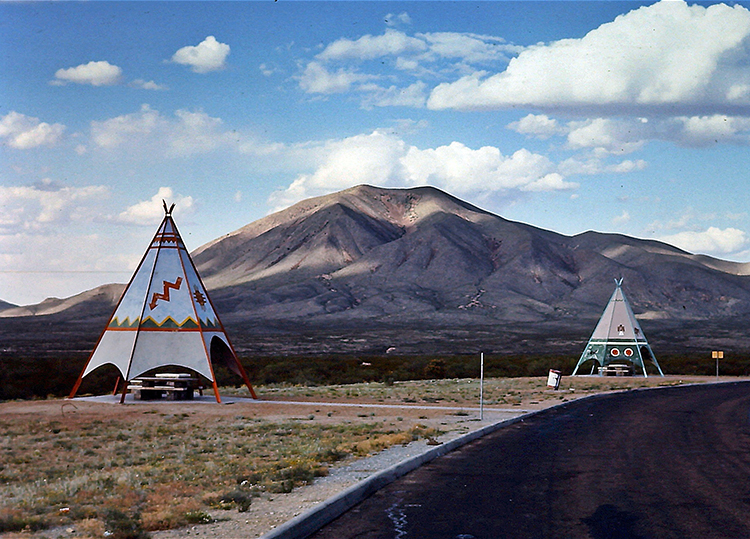
Illegal riders were a constant challenge. Despite the volume of rail traffic, officials still inspected each car manually. Quality and quantity of search were at cross-purposes. The small population and the massive amount of traffic made it a perfect test bed for a step into inspection aided by technology. For this station, Duos Technologies was able to create a system that delivered 100% inspection by using video cameras aided by custom software with algorithms to look for people hiding in wells of rail container cars. These early successes would power later solutions at other sites, where they took on tougher requirements and integrated new technology. Later systems would examine the train from the top and sides, looking for many different key indicators, like disturbed hatches and doors on the train to the under carriage of each rail car.
From Bridges to Pictures
Duos Technologies didn’t start out in the imaging business. Instead, their work originated with plant automation and building remote control drawbridge systems.
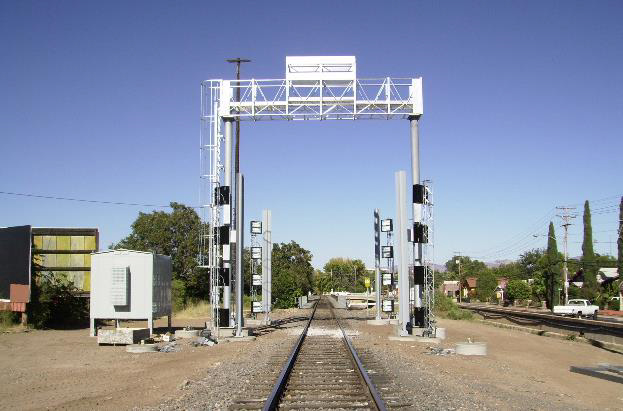
Duos knew so much about imaging technology and development that their rail customers asked them to help secure other critical infrastructure assets that were now being closely analyzed and represented a substantial vulnerability to commerce in the United States. That journey began with a single event, explains Scott Carns, Vice President of Operations & Engineering at Duos Technologies: “Everything changed after 9-11. Everything went to security.”
Monitoring so many different assets remotely led them to video. The company became an early adopter of imaging in the late 90s, and integrated the all-analog NTSC video systems with Human-Machine Interface (HMI) systems. For many of the needed applications, this was good enough. Process control or machine vision weren’t even considered initially. This was because so much of the system was decidedly low tech. Freight railroad technology has not adapted much over the 100 years, but now they were starting to catch up as the demand for high-speed rail increased.
For the last 10 years, the company has developed technology solutions for complex, critical infrastructure sites for freight and transit railroads, ports, chemical, industrial facilities and government agencies. They also provide automated, real-time detection and reporting of incidents along with multi-point to multi-point distributive alarm management features.
They’ve come a long way. Duos solutions have evolved from security-centric applications to high resolution, high speed intelligent machine vision systems. The benefit is versatility and value. They are based on a unified open architecture platform and integrate multiple types of sensors and logic control devices. These new integrated systems offer greater ROI by spanning functionality across security, safety, mechanical and operational inspections. Together, these different functions in the same solution enable railroad operators to reduce liability, improve on-time performance and increase rail operations productivity.
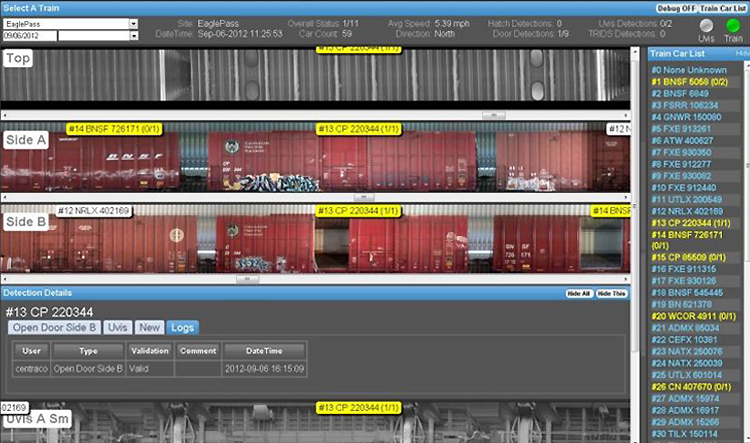
Taking a Closer Look
“Once you have a clearer view of one object or feature, you move on to what else you can look at.” If the sides and top of the train revealed unwanted intruders, train identification information and whether it was adhering to tolerances, what could be revealed by looking under the train?
“I could write my name in pencil on the axle of a train and be able to read it perfectly clear while the train is in motion.”
When it came to looking further, a better solution was needed that would adapt to this tougher application. Adapted area cameras were selected for looking up from under the train. That required developers to build new systems and learn the new machine vision industry with its new formats. There are pros and cons of the technology, from different compression algorithms, to the complexity of managing the speed and sensitivity of more sophisticated cameras. This is especially true when the target is a train travelling at 65+ miles per hour only 18 inches away in an uncontrolled environment.
Not only that, but trains (no matter what you heard) never run with the regularity of a manufacturing line. They slow down. They stop. They back up, and then go forward again. Without a system that can adapt to these kinds of events, the images can become bloated, fragmented, or distorted. So Duos engineers invented and built a system to precisely measure the speed of the object and moved to line scan cameras for more control.
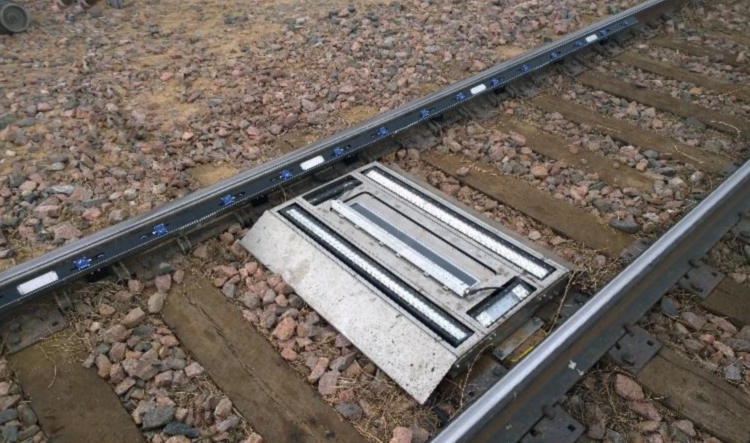
Key safety factors included wheels and axles. Even though the trains are moving at up to 65 miles per hour, and the camera is just 18 inches from the trains’ undercarriages, the line scan cameras Duostech employs still get their image: “I could write my name in pencil on the axle of a train and be able to read it perfectly clear while the train is in motion.”, stated Carns, who could not be more proud of his company’s engineers technology breakthrough .
Increasing Velocity, Accelerating Value
Duostech did such a good job on early projects that it continues to lead to new opportunities today. With consistent funding for security projects, more advanced needs of the direct customers come to the forefront. What can we do with all these awesome imaging of trains that support the business of the rail transit companies? “The system is in a good place. We have a strong system, and very good images.”
With a refined imaging installation, the challenge moves from capturing as much information as possible to analyzing what they get. “If I can see it in a picture, how can software look at that and figure out what it is, at scale? We want to eliminate the human variable.”
Duos is exploring all of the things it can analyze and process based on its high-resolution images, everything from sudden events such as intruders, registration information, foreign objects, or breakages, but also, changes wrought by gradual stresses that take train hardware out of regulatory tolerances.
“The coolest part of my job is that we get to invent things that don’t exist.”
New Technologies, New Opportunities
“We have to stay on the bleeding edge. We do these ground-up deployments. We always have to stay abreast of the latest stuff,” says Carns.
What’s next?
“We started attending SPIE Photonics Group conferences to look at camera tech. Short-Wave Infrared (SWIR) imaging is interesting,” says Scott Carns, “With our current cameras, we often use white LED lighting for our inspection systems, which has pros and cons. The crazy variance of depth means that proper exposure is really hard to get. With SWIR, we can look at illuminating with laser light, which is much more even, giving us better coverage even with a lot of depth and light variance.”
Trains will also be going faster soon. “At 65mph, our 2k color line scan cameras can handle it all day. But trains in the US will start going faster soon. The high-speed rail line being built from St. Louis to Chicago will be able to go 120mph. Trains in Asia and Europe already go much faster than that. We’ll want to keep up.”
So while security continues to be an evolving challenge, the overall business benefits of 100% rail inspection across multiple domains will drive investment and innovation. “The coolest part of my job is that we get to invent things that don’t exist.” With a clear business value, fast-evolving technology, and a long future, the coolest part of Scott Carns’ job is secure.



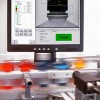 Vision Systems – What you need to know
Vision Systems – What you need to know 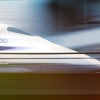 Infographic: Machine Vision and the Future of Rail Safety
Infographic: Machine Vision and the Future of Rail Safety 